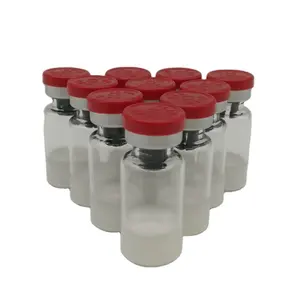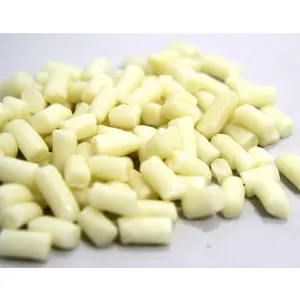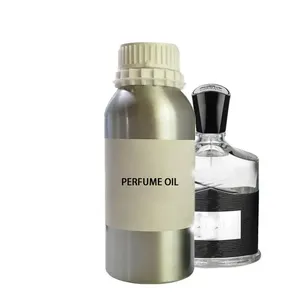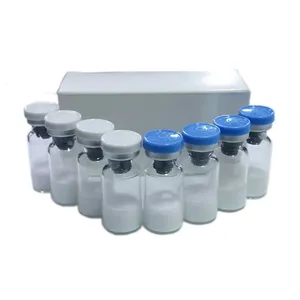Popular in your industry







































































Related Searches:































































































































































Top categories
About activated alumina catalyst price
Understanding Activated Alumina Catalysts
Activated alumina catalysts are essential components in various industrial processes, known for their porous structure and high surface area. These catalysts facilitate numerous chemical reactions, making them indispensable in the production of materials and chemicals.
Types and Applications
There are several types of activated alumina catalysts, each tailored for specific applications. These include desiccants for drying gases and liquids, adsorbents for water treatment, and catalysts for the petrochemical industry. Their versatility extends to environmental applications, such as purifying drinking water by removing fluoride.
Features and Materials
Activated alumina is produced from aluminum hydroxide by dehydroxylating it in a way that produces a highly porous material. This material can have a vast network of tunnels and pockets, which allows for a high degree of adsorption. The catalysts are also known for their thermal stability and resistance to abrasion, which are critical features for industrial use.
Advantages of Activated Alumina Catalysts
The advantages of using activated alumina catalysts include their high adsorption capacity and their ability to be regenerated with relative ease. They are also widely recognized for their effectiveness in a range of temperatures and pH levels, making them a flexible option for various chemical processes.
Environmental Impact and Sustainability
Sustainability is a key consideration in the use of activated alumina catalysts. These materials are designed to be less harmful to the environment, with the ability to degrade under certain conditions after their useful life, thus minimizing ecological impact.
Choosing the Right Activated Alumina Catalyst
Selecting the appropriate activated alumina catalyst requires consideration of the specific application and desired reaction. Factors such as pore size, surface area, and mechanical strength are crucial in determining the suitability of a catalyst for a particular process.






























